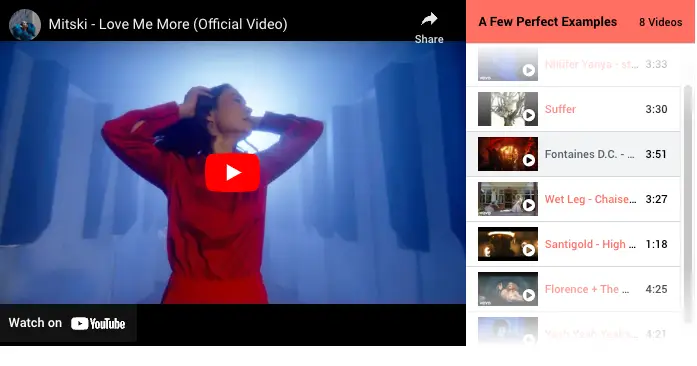Today’s trust climate creates the ideal conditions for thought leaders to join and influence the conversation around key issues in their industry. It also suggests the true power of owned media as a primary thought leadership channel, over and above earned media and the chase for mentions.
Data from Edelman’s 2019 Trust Barometer make the point nicely: people place greater trust today in their own employer or in the business community than they do in either government or media. For thought leadership, the data from this year’s study are especially suggestive:
- Company technical experts have the highest credibility as sources of valid information, at 65%, edging out academic sources and one’s own peers. Compare that to journalists at 36%
- Employed individuals, which echo the target audience for B2B thought leadership, see business as a trustworthy source on global economic issues (72% of employees) and technology (58% of employees)
- Businesses overall attract a higher level of trust than government or media, at 56% versus the high 40s, and a full 75% for one’s own employer
- False information and fake news, implicitly from third-party sources, are seen as an issue by 73% of people
The level of trust in business and individual experts creates an opportunity to tap into — and earn — that trust with high quality thought leadership that informs audiences while at the same time advancing the conversation and practices of any given field.
What does this all mean?
First, thought leaders should feel confident that their voices make a difference as people seek information and insight in a world where other sources have let them down. Thought leadership serves business goals but it also meets an unmet informational need.
Second, communicators must realize that the implied “seal of approval” from media mentions has lost a fair amount its currency. People increasingly trust what they hear directly from experts instead. Media still has value, but not as a sole or even primary channel for disseminating thought leading perspectives.
Third, connecting your content directly with influencer networks has higher impact and is a better fit for today’s trust climate than trying to piggyback onto other institutions. It makes sense to invest effort in finding out who those influencers are and how to reach them.
Fourth, given their high propensity to trust, employees within your own company should be viewed as a valuable audience for thought leadership. Internal communications functions should make sure employees are kept current with their company’s thought leadership, since they will in turn act as advocates and amplifiers within their own personal networks.
Finally, since the audience for thought leadership in the B2B arena consists of employees at target companies, you should work to maximize the trust premium that employees have with their colleagues. Keep in mind that the more value they find in your thought leadership, the more they share it, and the more you can benefit from the trust of their colleagues.
While it can seem an amorphous factor, trust has everything to do with credible influence. Understanding shifting dynamics of trust, as the 2019 Edelman Trust Barometer helps us do, gives us useful insights into how to target and refine our approaches to thought leadership.




